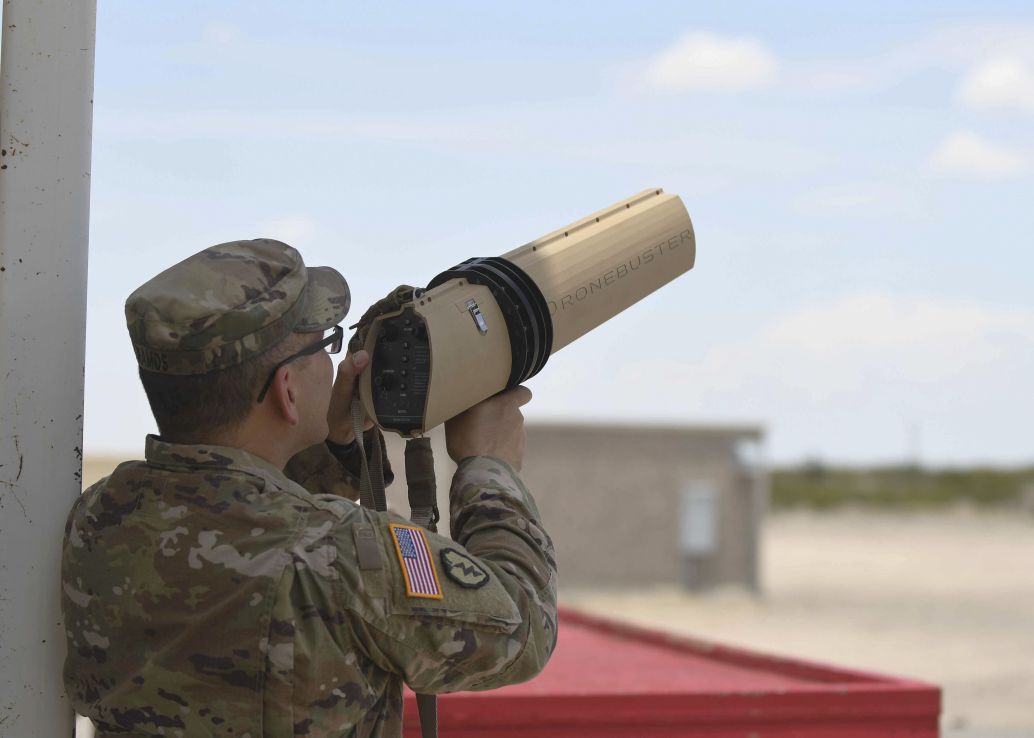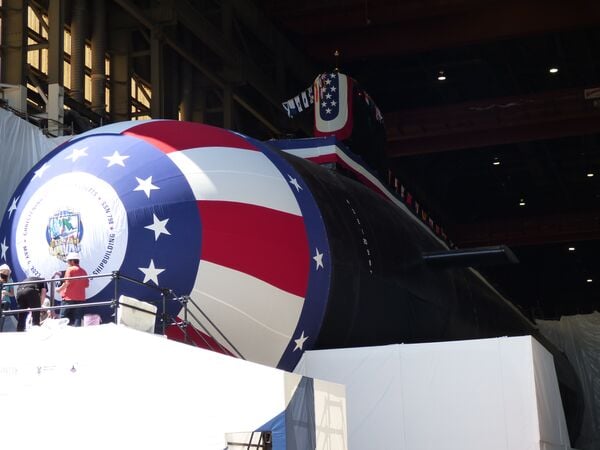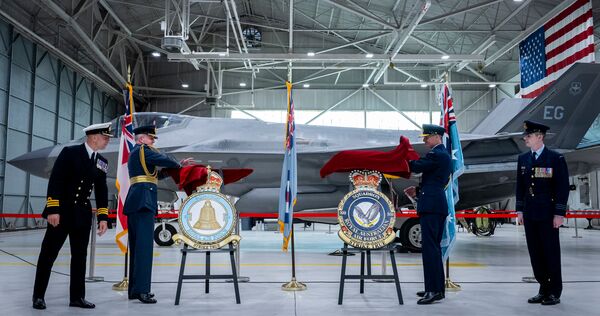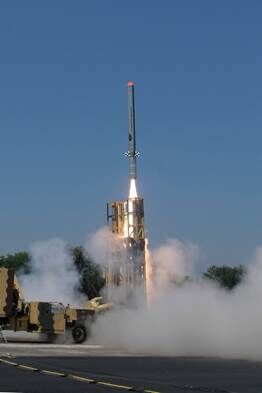- About
- Intara
- Capabilities
- Advisory
- Resources
- News
- Store
US Navy seeks prototype data fusion system for CUAS
22 March 2021
by Carlo Munoz
The US Navy is seeking industry input toward the development of a new High Level Data Fusion (HLDF) prototype system architecture, designed to augment command and control capabilities (C2) aboard current combat platforms to support counter unmanned aerial system (CUAS) operations.
The crux of the new HLDF prototype will be a new open systems architecture “that can fuse data from multiple sources to provide object assessment, situational assessment, and threat assessment,” particularly those posed by small UAS (sUAS) platforms, according to Request for Solutions (RFS) posted by the National Security Technology Accelerator in March. Service leaders have set aside USD3.5 million for the programme.
In the end, the new architecture and associated Computer Software Configuration Item (CSCI) requirements, will lay out the technological blueprint for “competitive design and development of complete HLDF components of C2 systems, or individual data fusion software modules, [which] can be used to allow software modules from multiple organizations or systems to be interoperable,” the RFS solicitation stated.

US lawmakers grill US Navy officials on proposed shipbuilding budget
18 April 2024
by Michael Fabey


US lawmakers question the US Navy request to fund only one Virginia-class submarine (pictured) in fiscal year 2025. (Janes/Michael Fabey)
Members of the House Armed Services Seapower and Projection Forces Subcommittee raised concerns about the proposed US Navy (USN) plan to pare down key shipbuilding programmes on 17 April during the subcommittee hearing on the USN's Fiscal Year (FY) 2025 budget request.
While the USN – as was the case with the rest of the Pentagon – was charged with keeping a lid on costs, lawmakers said they felt the USN went too far with some major programmes.
Connecticut Congressman and ranking member of the Seapower and Projection Forces Subcommittee, Joe Courtney, set the tone with his opening statement.
“The Fiscal Responsibility Act (FRA), which [was] passed in May 2023 to avert a default on the full faith and credit of our nation's currency and bonds, mandated a 1% increase in the Department of Defense's budget request for fiscal year 2025,” Courtney said.
RAF, RAAF reform respective 80 Sqns as US-based F-35 data centres
18 April 2024
by Gareth Jennings


The chiefs of the RAF and RAAF reconstituting their respective 80 Squadrons during a joint ceremony at Eglin AFB in the US. (Crown Copyright)
The UK Royal Air Force (RAF) and the Royal Australian Air Force (RAAF) stood up their respective 80 Squadrons on 17 April to serve as US-based data units for the Lockheed Martin F-35 Lightning II Joint Strike Fighter (JSF).
Announced by the RAF, the two separate but linked squadrons were reconstituted during a joint ceremony at Eglin Air Force Base (AFB) in Florida.
“At the event, the [UK] Chief of the Air Staff, [Air Chief Marshal] Sir Richard Knighton, and [Australian] Chief of the Air Force Air Marshal Robert Chipman, formally awarded the dormant 80 Squadron number plates for each service to their respective teams within the Australia, Canada, and United Kingdom Reprogramming Laboratory [ACURL],” the RAF said.
DRDO test-fires ‘Indigenous Technology Cruise Missile'
18 April 2024
by Kapil Kajal


The ITCM (pictured above from its test on 18 April) is a technology demonstrator programme to validate the capability of small turbofan engines. (Indian Ministry of Defence)
India's state-owned Defence Research and Development Organisation (DRDO) test-fired its ‘Indigenous Technology Cruise Missile (ITCM)' from the Integrated Test Range (ITR) in Chandipur off the northeastern coast of Odisha, the Indian Ministry of Defence (MoD) said in a press release on 18 April.
“During the test, all subsystems performed as per expectation and the missile performance was monitored by several range sensors like radar, electro optical tracking system (EOTS), and telemetry deployed by [the] ITR at different locations to ensure complete coverage of the flightpath,” the MoD said.
The flight of the missile was also monitored from the Su-30-MKI aircraft of the Indian Air Force, the MoD added.
The missile followed the desired path using “waypoint navigation and demonstrated very-low-altitude sea-skimming flight”, according to the MoD.
“This successful flight test has also established the reliable performance of the indigenous propulsion system developed by the Gas Turbine Research Establishment (GTRE), Bengaluru,” the MoD said.
The US Navy is seeking industry input toward the development of a new High Level Data Fusion (HLDF) ...
Latest Podcasts
Iran Israel analysis
In this podcast Janes analysts discuss the Iranian attacks on Israel on the 14 April. They highlight the military systems used by Iran and the performance and impact of these on Israel. They also discuss the implications of this attack goi...
Listen nowJanes Case Studies
Using Janes Intara to build a common intelligence picture: Russian build up on the Ukrainian border
View Case StudyNews Categories
 C4ISR Details
C4ISR Details